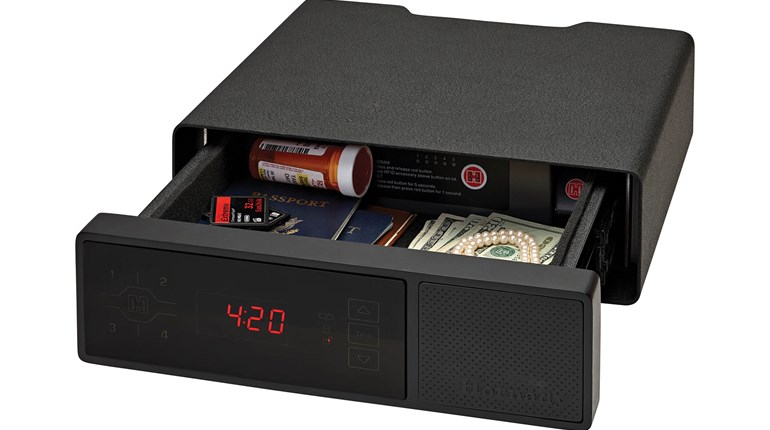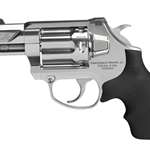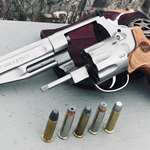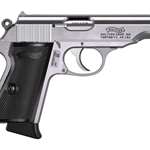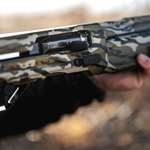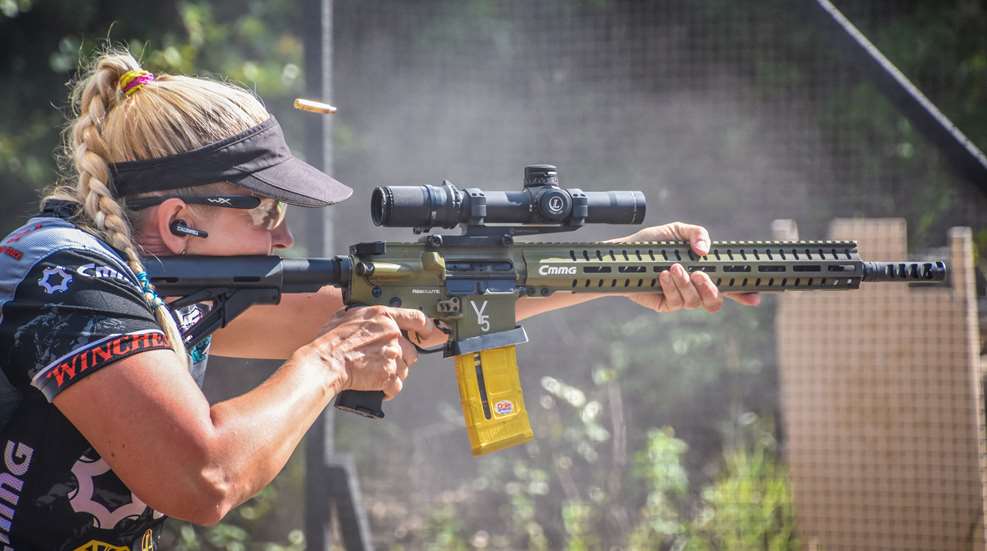
Many people considering purchasing their first firearm contemplate buying an AR or AR-15. Often called an MSR, or Modern Sporting Rifle, the term MSR has been adapted because it is common for those who do not know the history of these rifles to assume that AR stands for “assault rifle,” when it does not. It actually stands for Armalite Rifle, as Armalite was the first manufacturer to make this rifle. Now we have many manufacturers making all sorts of AR-platform firearms. From rifles to pistols, the AR platform is versatile and extremely friendly to someone new to firearm ownership. Let’s look at why that is!

Basic Parts
First, let’s consider the basic parts of an AR. The AR can be broken down into an upper and a lower. To disassemble the gun, remove the two take-down pins, and the firearm breaks down into an upper and a lower. This also makes ARs simpler to transport, as you can fit both parts into a shorter case and be a little more discreet when traveling.

The Upper: The upper consists of the upper receiver, the barrel with barrel extension and muzzle device, and the handguard or forearm. The bolt carrier group or BCG that contains the bolt fits into the upper receiver, and so does the charging handle.

Underneath the handguard attached to the barrel is the gas block (on gas-operated ARs) and the gas tube. The length of the gas tube is what people refer to when they talk about the length of the gas system. They refer to how long the tube is and the distance at which the hole is drilled in the barrel to capture the escaping gas and use it to cycle the firearm.
The Lower: The lower consists of the lower receiver and receiver extension or buffer tube. Attached to it is the buttstock (which usually fits over the buffer tube) and the pistol grip.
The lower is the serialized part of the AR. It will have the make, model and serial number stamped on it.
If you were to break down the lower even further, you would see that the trigger sits inside the lower receiver, and the buffer spring and buffer fit inside the buffer tube.
ARs come in many configurations. One of the coolest parts of owning an AR is that you can build something to match your needs. You can even build something that works for more than one person in your household (adjustable stock, removable grips, etc.).
Common AR Formats

AR Rifles
AR rifles are usually sold as a complete unit by various manufacturers. You can also build one by buying an upper and lower, and the necessary other small parts.
AR rifles are those ARs with a barrel 16” and longer (commonly they are sold with 16” to 18” barrels). If you want your rifle barrel to be any shorter than 16”, you will first need to apply for a special stamp from the ATF to call it an SBR (Short Barreled Rifle). Or you can pin and weld the muzzle device to the barrel so that the overall length of the barrel with the muzzle device is 16” or longer.
AR Pistol
AR pistols are usually ARs with barrels shorter than 16” with a configuration that allows it to be shot as a pistol.
Common Calibers
Historically, ARs were designed to shoot the 5.56 /.223 cartridge. There are ARs used for hunting in calibers, like Winchester’s .350 Legend.
ARs also come in other calibers, like .308 or 6.5 Creedmoor. These guns can be built with a larger size upper and lower receiver, commonly referred to as an AR-10, sometimes called a “large-frame” AR. But some brands build them in what they call a “small frame” or a standard-sized AR upper and lower. The reason this matters is that the commonly available parts (like buttstocks, grips, triggers, charging handles—all of the small parts that you might want to use) — are most commonly made for the standard-size AR.
ARs are also made in many pistol calibers: 9 mm, .40 Smith & Wesson, 10 mm and .45 to name a few. You can even purchase .22-cal. ARs to use the smaller, less costly .22 LR round. Some very ingenious AR manufacturers even make .22 conversions, so you can substitute out a few parts and use the same lower. There are even ARC (AR Conversion) magazines that convert a regular 5.56 magazine into the caliber of your choice; you just switch out your upper (barrel and upper receiver). This makes it possible to use two uppers in different calibers with just one lower. All of these options make ARs one of the most enjoyable and appealing platforms.
Ease of Use
AR-platform firearms are easy to use. The controls and function are pretty much universal. This means that someone can pick up a different AR and know how it works. The position and configuration of the safety, magazine release and bolt catch are all the same.
Yes, there might be some slight differences across brands, but they are usually very small, and often helpful. For example, some ARs have ambidextrous controls so the AR you purchase will work for you as well as your family member who uses the opposite hand. Some are even made for left-handed people.

The handguards of most ARs have a section of Picatinny rail or slots to mount additional pieces of “pic rail.” This makes it simple to mount grips, bipods and lights to your AR. The upper receivers usually accept optic mounts that fit pic rails too. The entire platform allows for a lot of interchangeable and adaptable use.
Uses for ARs
You can use your AR for anything from target shooting in competition, to plinking and recreation, to hunting, long-range shooting and home defense. The multitude of options makes it a simple choice for the new gun owner. They are truly one of the basic firearms of which all Americans should have a general understanding, since they are very likely to be a firearm you encounter in life.














